Grow Lettuce Indoors? Absolutely! Imagine fresh, crisp lettuce gracing your salads, sandwiches, and wraps, all year round, regardless of the weather outside. No more sad, wilted greens from the grocery store! This isn’t just a dream; it’s a delicious reality you can achieve with a few simple tricks and a little DIY spirit.
For centuries, humans have cultivated crops indoors, from ancient Roman orangeries protecting citrus trees to the modern marvels of vertical farms. This tradition speaks to our innate desire to connect with nature and provide for ourselves, even within the confines of our homes. But you don’t need a sprawling estate or cutting-edge technology to enjoy the benefits of indoor gardening.
In today’s world, where access to fresh, healthy produce can be challenging or expensive, learning how to grow lettuce indoors is more valuable than ever. Plus, it’s incredibly rewarding! I’m going to share some easy-to-follow DIY hacks that will transform your windowsill, balcony, or even a spare corner into a thriving lettuce patch. Get ready to ditch those pricey supermarket greens and embrace the joy of homegrown goodness!
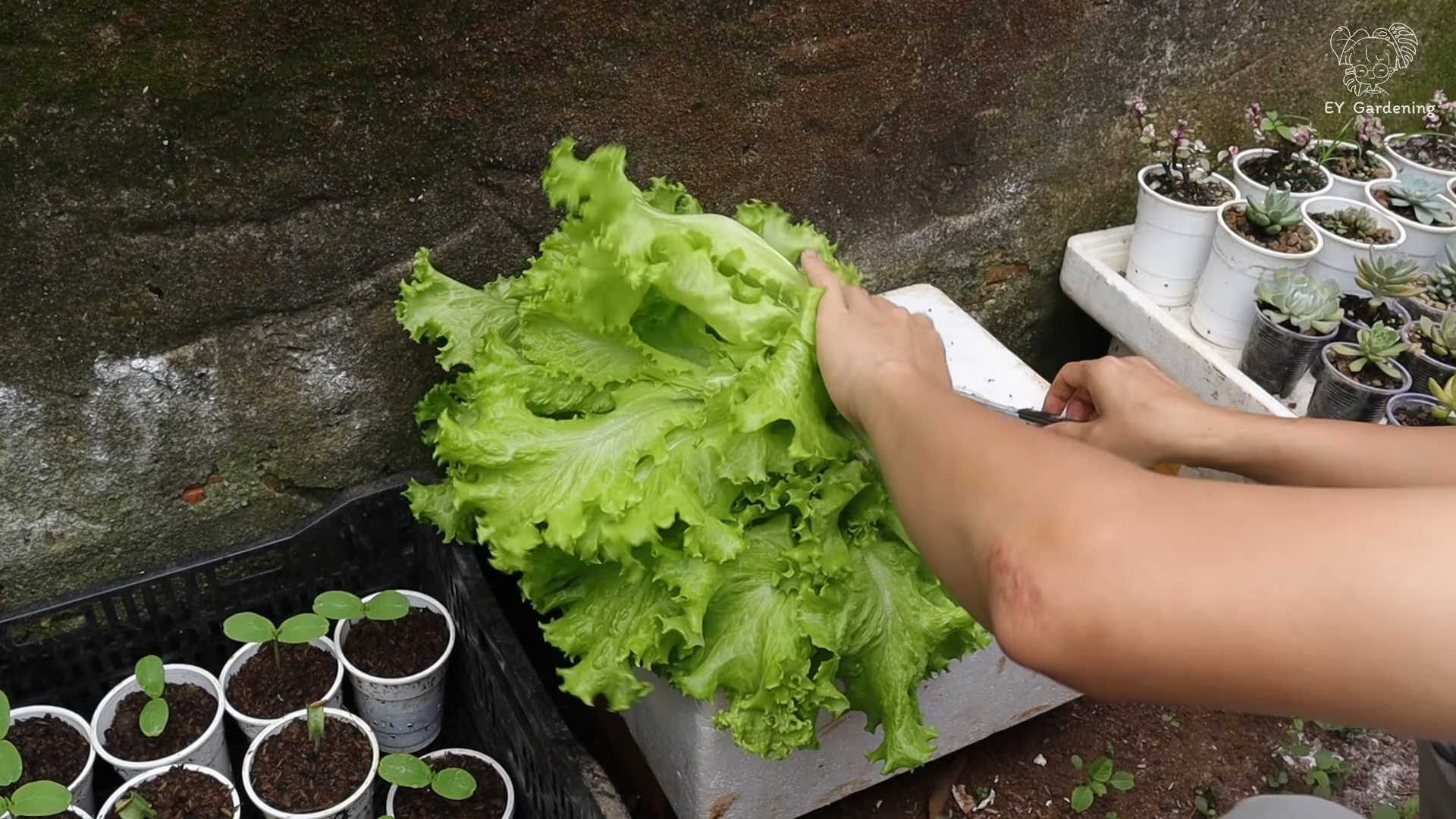
Grow Your Own Lettuce Indoors: A Beginner’s Guide
Hey there, fellow plant enthusiasts! Ever dreamt of having fresh, crisp lettuce right at your fingertips, no matter the season? Well, guess what? You can! Growing lettuce indoors is surprisingly easy and rewarding. I’m going to walk you through everything you need to know to get started, from choosing the right lettuce varieties to harvesting your delicious, homegrown greens. Let’s get our hands dirty (figuratively, until we actually start planting!).
Choosing the Right Lettuce Variety
Not all lettuce varieties are created equal when it comes to indoor growing. Some thrive under artificial light and in smaller spaces better than others. Here are a few of my personal favorites that I’ve had great success with:
* **Loose-leaf varieties:** These are your best bet for indoor growing. They’re quick to mature and you can harvest leaves as needed, allowing the plant to keep producing. Think ‘Black Seeded Simpson,’ ‘Red Sails,’ and ‘Oak Leaf.’
* **Butterhead varieties:** These are also a good choice, offering a slightly sweeter flavor and a softer texture. ‘Buttercrunch’ and ‘Tom Thumb’ are popular options.
* **Romaine varieties:** While romaine can be grown indoors, they tend to need a bit more space and light than loose-leaf or butterhead. If you’re up for the challenge, try a dwarf romaine variety like ‘Little Gem.’
Gathering Your Supplies
Before we dive into the planting process, let’s make sure we have everything we need. Here’s a checklist of essential supplies:
* **Seeds:** Choose your desired lettuce variety from the suggestions above.
* **Containers:** You can use anything from small pots to window boxes. Just make sure they have drainage holes! I personally love using recycled plastic containers – it’s a win-win for the environment and my wallet.
* **Potting Mix:** Use a high-quality potting mix that’s specifically formulated for vegetables. Avoid using garden soil, as it can be too heavy and compact for container gardening.
* **Grow Lights:** Lettuce needs plenty of light to thrive. If you don’t have a sunny windowsill, you’ll need to invest in grow lights. Fluorescent or LED grow lights work well.
* **Watering Can or Spray Bottle:** For gentle watering.
* **Optional: Seed Starting Tray:** If you prefer to start your seeds indoors before transplanting.
* **Optional: Liquid Fertilizer:** A balanced liquid fertilizer can help boost growth.
Planting Your Lettuce Seeds
Now for the fun part! Let’s get those seeds in the soil.
1. **Prepare Your Containers:** Fill your chosen containers with potting mix, leaving about an inch of space at the top. Gently pat down the soil to create a firm surface.
2. **Sow the Seeds:** Sprinkle the lettuce seeds evenly over the surface of the soil. Lettuce seeds are tiny, so don’t worry about spacing them perfectly.
3. **Cover the Seeds:** Lightly cover the seeds with a thin layer of potting mix (about 1/4 inch).
4. **Water Gently:** Use a watering can or spray bottle to gently moisten the soil. Be careful not to dislodge the seeds.
5. **Provide Light:** Place your containers under grow lights or on a sunny windowsill. If using grow lights, position them a few inches above the soil surface.
6. **Maintain Moisture:** Keep the soil consistently moist, but not soggy. Check the soil moisture daily and water as needed.
Germination and Seedling Care
Within a week or two, you should start to see tiny lettuce seedlings emerge. This is an exciting time! Here’s how to care for your seedlings:
1. **Thinning:** Once the seedlings have a few true leaves (the second set of leaves that appear after the initial seed leaves), you’ll need to thin them out. This means removing some of the seedlings to give the remaining ones enough space to grow. Snip off the weaker seedlings at the soil line with scissors. Aim for a spacing of about 2-4 inches between plants.
2. **Light:** Continue to provide plenty of light. If using grow lights, adjust the height as the seedlings grow to keep them a few inches away from the light source.
3. **Watering:** Water regularly, allowing the top inch of soil to dry out slightly between waterings.
4. **Fertilizing (Optional):** If you want to give your lettuce a boost, you can start fertilizing with a balanced liquid fertilizer diluted to half strength. Follow the instructions on the fertilizer label. I usually fertilize every two weeks.
Harvesting Your Lettuce
The best part! You can start harvesting your lettuce leaves as soon as they’re big enough to eat, usually about 4-6 weeks after planting.
1. **Harvesting Loose-Leaf Lettuce:** For loose-leaf varieties, simply snip off the outer leaves with scissors or a knife, leaving the inner leaves to continue growing. This is called “cut-and-come-again” harvesting, and it allows you to enjoy fresh lettuce for weeks.
2. **Harvesting Butterhead and Romaine Lettuce:** For butterhead and romaine varieties, you can either harvest individual leaves as needed or harvest the entire head at once. To harvest the entire head, cut it off at the base of the plant.
3. **Wash and Enjoy:** Wash your harvested lettuce leaves thoroughly and enjoy them in salads, sandwiches, or wraps.
Troubleshooting
Even with the best care, you might encounter a few challenges along the way. Here are some common problems and how to fix them:
* **Leggy Seedlings:** This means your seedlings are stretching towards the light because they’re not getting enough. Move them closer to the light source or increase the intensity of your grow lights.
* **Yellowing Leaves:** This could be a sign of overwatering, underwatering, or nutrient deficiency. Check the soil moisture and adjust your watering accordingly. If you suspect a nutrient deficiency, try fertilizing with a balanced liquid fertilizer.
* **Pests:** Aphids and other pests can sometimes infest indoor lettuce plants. Inspect your plants regularly and treat any infestations promptly with insecticidal soap or neem oil. I always try to use organic solutions first!
* **Bolting:** Bolting is when lettuce plants start to produce a flower stalk, which makes the leaves bitter. This is usually caused by heat stress. Keep your lettuce plants in a cool location and provide plenty of water.
Extending Your Harvest
Want to keep the lettuce coming? Here are a few tips for extending your harvest:
* **Succession Planting:** Plant new seeds every few weeks to ensure a continuous supply of lettuce.
* **Cool Temperatures:** Lettuce prefers cool temperatures (60-70°F). If your home is too warm, try moving your lettuce plants to a cooler location.
* **Proper Watering:** Consistent watering is essential for healthy lettuce growth. Avoid letting the soil dry out completely.
* **Regular Harvesting:** Harvesting leaves regularly encourages the plant to keep producing new growth.
Advanced Tips and Tricks
Okay, so you’ve mastered the basics. Want to take your indoor lettuce growing to the next level? Here are a few advanced tips and tricks:
* **Hydroponics:** Consider growing your lettuce hydroponically. This method involves growing plants without soil, using a nutrient-rich water solution. It can be a fun and efficient way to grow lettuce indoors.
* **Vertical Gardening:** If you’re short on space, try vertical gardening. You can use hanging baskets, wall planters, or even a DIY vertical garden to grow lettuce.
* **Companion Planting:** Plant lettuce alongside other herbs and vegetables that benefit from its presence. For example, lettuce can help deter pests from other plants.
* **Seed Saving:** Save seeds from your favorite lettuce varieties to grow again next season. Just let a few plants bolt and collect the seeds once they’re dry.
Enjoying Your Homegrown Lettuce
There’s nothing quite like the taste of fresh, homegrown lettuce. Here are a few ideas for enjoying your bounty:
* **Salads:** The classic choice! Use your lettuce as the base for a variety of salads.
* **Sandwiches and Wraps:** Add lettuce to sandwiches, wraps, and tacos for extra flavor and crunch.
* **Smoothies:** Believe it or not, lettuce can be a great addition to smoothies. It adds nutrients and a mild flavor.
* **Garnish:** Use lettuce as a garnish for soups, stews, and other dishes.
Growing lettuce indoors is a rewarding experience that anyone can enjoy. With a little bit of effort and the right supplies, you can have fresh, delicious lettuce at your fingertips all year round. So, what are you waiting for? Get planting! I hope this guide has inspired you to start your own indoor lettuce garden. Happy growing!
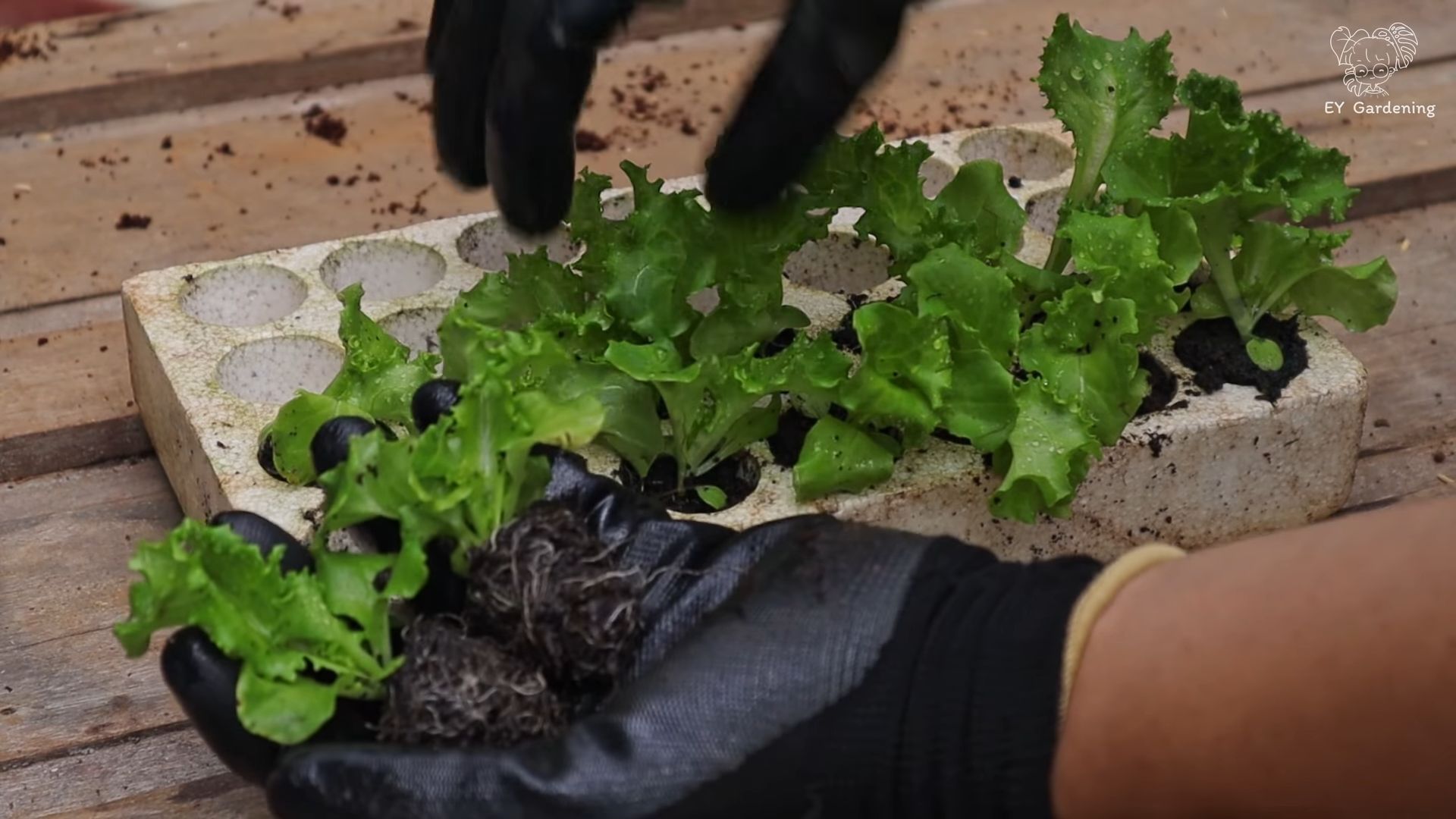
Conclusion
So, there you have it! Growing lettuce indoors is not only achievable but also incredibly rewarding. Imagine fresh, crisp lettuce leaves available at your fingertips, regardless of the season. No more last-minute grocery store runs for a salad ingredient or settling for wilted, pre-packaged greens. This DIY approach to growing lettuce indoors offers a sustainable, cost-effective, and undeniably satisfying way to elevate your culinary creations.
Why is this a must-try? Because it puts you in control. You control the environment, ensuring optimal growing conditions free from pests and harsh weather. You control the variety, selecting the lettuce types that best suit your taste and dietary needs. And you control the freshness, harvesting only what you need when you need it, maximizing flavor and minimizing waste.
But the benefits extend beyond the practical. There’s a certain joy in nurturing a plant from seed to harvest, a connection to nature that can be particularly grounding in our increasingly urbanized lives. Watching those tiny seedlings sprout and flourish under your care is a truly fulfilling experience.
Don’t be afraid to experiment! Try different lettuce varieties like Romaine, Butterhead, or even Mesclun mixes. Consider using different grow lights to see how they affect growth rates and leaf quality. You can even explore hydroponic systems for a soil-free growing experience. For those with limited space, vertical gardening solutions can be a game-changer, allowing you to maximize your yield without sacrificing valuable square footage. Think about adding companion plants like basil or chives to your indoor garden to deter pests and enhance the flavor of your lettuce.
This DIY lettuce growing method is a game-changer for anyone seeking fresh, sustainable produce. It’s a simple yet effective way to bring a touch of nature indoors and enjoy the unparalleled taste of homegrown lettuce.
We wholeheartedly encourage you to give this DIY trick a try. Start small, learn as you go, and don’t be discouraged by initial setbacks. Every gardener, even the most experienced, has faced challenges along the way. The key is to persevere, adapt, and enjoy the process.
Once you’ve harvested your first batch of homegrown lettuce, we’d love to hear about your experience! Share your tips, tricks, and photos in the comments below. Let’s build a community of indoor lettuce growers and inspire others to embrace the joys of homegrown produce. What varieties did you try? What challenges did you face? What successes did you celebrate? Your insights can help others embark on their own indoor gardening journey. So, grab your seeds, potting mix, and grow lights, and get ready to enjoy the freshest, most delicious lettuce you’ve ever tasted!
Frequently Asked Questions (FAQ)
What are the best lettuce varieties to grow indoors?
The best lettuce varieties for indoor growing are generally those that are compact and quick to mature. Loose-leaf varieties like Black Seeded Simpson, Salad Bowl, and Red Sails are excellent choices because you can harvest individual leaves as needed, allowing the plant to continue producing. Butterhead varieties like Buttercrunch and Tom Thumb are also well-suited for indoor growing due to their smaller size and tender leaves. Romaine lettuce can be grown indoors, but it may require more space and light. Experiment with different varieties to find what works best for your growing conditions and personal preferences. Consider the available space, light intensity, and your desired harvest frequency when selecting your lettuce varieties.
How much light does indoor lettuce need?
Lettuce requires ample light to thrive indoors. Ideally, it needs at least 12-14 hours of light per day. Natural sunlight from a south-facing window can be sufficient, but often it’s not enough, especially during winter months or in areas with limited sunlight. Supplementing with artificial grow lights is highly recommended. LED grow lights are energy-efficient and provide the full spectrum of light that lettuce needs for optimal growth. Fluorescent grow lights are another option, but they tend to produce more heat. Position the grow lights a few inches above the lettuce seedlings and adjust the height as the plants grow. Monitor the lettuce leaves for signs of insufficient light, such as leggy growth or pale coloration.
What type of soil is best for growing lettuce indoors?
The best type of soil for growing lettuce indoors is a well-draining potting mix that is rich in organic matter. Avoid using garden soil, as it can be too heavy and may contain pests or diseases. A good potting mix will provide adequate drainage, aeration, and nutrients for healthy lettuce growth. You can also amend the potting mix with compost or other organic materials to improve its fertility. Consider using a soilless mix, such as coco coir or perlite, for hydroponic growing systems. These mixes provide excellent drainage and aeration, but they require regular fertilization. Ensure the soil pH is slightly acidic, around 6.0 to 6.5, for optimal lettuce growth.
How often should I water my indoor lettuce?
Water your indoor lettuce regularly to keep the soil consistently moist, but not waterlogged. Overwatering can lead to root rot, while underwatering can cause the lettuce to wilt and dry out. Check the soil moisture level daily by sticking your finger into the soil. If the top inch of soil feels dry, it’s time to water. Water deeply until the water drains out of the bottom of the pot. Avoid getting water on the lettuce leaves, as this can promote fungal diseases. Adjust the watering frequency based on the temperature, humidity, and light levels in your growing environment. Lettuce grown under grow lights may require more frequent watering than lettuce grown in natural sunlight.
How do I prevent pests and diseases in my indoor lettuce garden?
Preventing pests and diseases is crucial for a successful indoor lettuce garden. Start by using clean pots and potting mix to avoid introducing pests or diseases. Regularly inspect your lettuce plants for signs of pests, such as aphids, spider mites, or whiteflies. If you find any pests, remove them manually or use an insecticidal soap or neem oil. Ensure good air circulation around your lettuce plants to prevent fungal diseases. Avoid overwatering and remove any dead or decaying leaves promptly. Consider using companion plants, such as basil or chives, to deter pests. If you encounter a disease, such as powdery mildew or downy mildew, remove the affected leaves and treat the plants with a fungicide.
How and when do I harvest my indoor lettuce?
You can begin harvesting your indoor lettuce when the leaves are large enough to eat, typically about 4-6 weeks after planting. For loose-leaf varieties, you can harvest individual leaves as needed, starting with the outer leaves. Simply snip off the leaves with scissors or gently pluck them off the plant. For head lettuce varieties, wait until the head is firm and well-formed before harvesting. Cut the head off at the base of the plant with a sharp knife. Harvest your lettuce in the morning, when the leaves are crisp and hydrated. Store the harvested lettuce in the refrigerator in a plastic bag or container.
Can I grow lettuce indoors year-round?
Yes, you can grow lettuce indoors year-round with the right conditions. Providing adequate light, temperature, and moisture is essential for continuous lettuce production. Use grow lights to supplement natural sunlight during the winter months. Maintain a consistent temperature of 60-70°F (15-21°C) for optimal lettuce growth. Water regularly and fertilize as needed to provide the necessary nutrients. By creating a controlled environment, you can enjoy fresh, homegrown lettuce throughout the year. Consider staggering your planting schedule to ensure a continuous supply of lettuce.
What kind of fertilizer should I use for indoor lettuce?
Use a balanced, water-soluble fertilizer for indoor lettuce. Look for a fertilizer with an NPK ratio (nitrogen, phosphorus, potassium) of around 10-10-10 or 20-20-20. Nitrogen promotes leafy growth, phosphorus supports root development, and potassium enhances overall plant health. Follow the instructions on the fertilizer package for dilution and application rates. Fertilize your lettuce every 2-3 weeks, or as needed, based on the plant’s growth and appearance. Avoid over-fertilizing, as this can lead to nutrient burn. You can also use organic fertilizers, such as compost tea or fish emulsion, to provide nutrients to your lettuce plants.
How do I deal with leggy lettuce seedlings?
Leggy lettuce seedlings are often a sign of insufficient light. The seedlings stretch towards the light source, resulting in long, weak stems and small leaves. To address leggy seedlings, increase the amount of light they receive. Move them closer to a window or supplement with grow lights. You can also try transplanting the seedlings deeper into the soil, burying the leggy stems. This will encourage the stems to develop roots and strengthen the plants. Ensure the seedlings are receiving adequate water and nutrients to support healthy growth.
Is growing lettuce indoors worth it?
Absolutely! Growing lettuce indoors is a worthwhile endeavor for several reasons. It provides access to fresh, healthy lettuce year-round, regardless of the weather. It’s a sustainable and cost-effective way to reduce your reliance on store-bought produce. It allows you to control the growing environment and avoid pesticides and herbicides. It’s a rewarding and enjoyable hobby that connects you to nature. And, most importantly, it allows you to enjoy the unparalleled taste of homegrown lettuce. The initial investment in grow lights and supplies is quickly offset by the savings on groceries and the satisfaction of harvesting your own fresh produce.

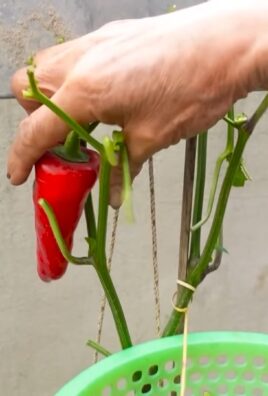
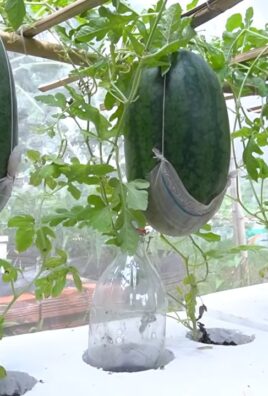
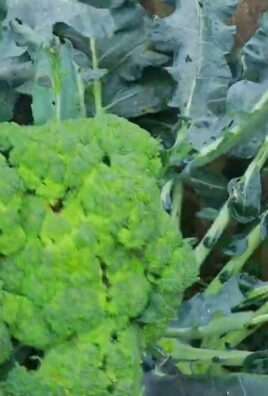
Leave a Comment